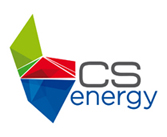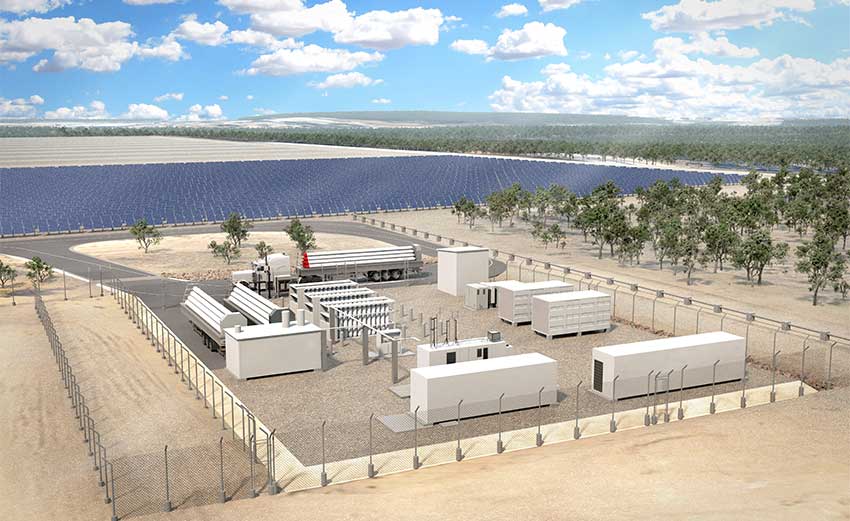The Kogan Renewable Hydrogen Demonstration Plant is a renewable hydrogen production facility that is under construction next to CS Energy’s Kogan Creek Power Station in Queensland’s Western Downs. The demonstration plant is the second project in the Kogan Clean Energy Hub that CS Energy is adding to the site, following the Chinchilla Battery.

Below are some frequently asked questions to learn more about this renewable hydrogen project.
What is CS Energy’s Kogan Renewable Hydrogen Project?
The Kogan Renewable Hydrogen Demonstration Plant is a demonstration scale hydrogen production facility.
The hydrogen demonstration plant includes the co-location of a solar farm, battery, hydrogen electrolyser, hydrogen fuel cell, hydrogen storage and outloading facility.
When completed, the project will produce approximately 75,000 kilograms of renewable hydrogen annually.
How will the renewable hydrogen be used?
Negotiation of offtake arrangements for the heavy haulage sector are continuing as are investigations into a potential refueling network for renewable hydrogen in the Western Downs.
CS Energy will also export renewable hydrogen to the Republic of Palau as part of a collaboration with Sojitz Corporation and Nippon Engineering Consultants to assess the use of hydrogen in marine vessels.
Why demonstrate renewable hydrogen?
Renewable hydrogen will have an important role to play in Queensland meeting its target of 70 per cent renewable energy by 2032. Renewable hydrogen has a range of uses – as a transport fuel, to store electricity and as a raw material in industrial processes.
How will the project contribute to the emerging renewable hydrogen industry in Queensland?
Our aim is to produce renewable hydrogen and provide energy and other grid services while gaining expertise from an operational hydrogen plant to ensure Queensland is ahead of the game in terms of hydrogen production, storage, transport and handling capabilities. By demonstrating the successful production of renewable hydrogen we can prove its potential for use in hard to abate sectors like heavy haulage transport and empower businesses to decarbonise.
What about CS Energy’s employees and local suppliers, what benefits will the project provide them?
The demonstration project has created up to 10 jobs in the construction phase. In the operational phase, CS Energy will have a team of six people working across the Kogan Renewable Hydrogen Demonstration Plant and the Chinchilla Battery.
CS Energy partnered with Toowoomba and Surat Basin Enterprise to map the capability and potential of local skills in the region to support the nascent hydrogen supply chain, including within CS Energy’s existing workforce. This work has provided CS Energy and our construction contractor IHI Engineering Australia with a database of local businesses to approach for tenders during the construction and operation of the Kogan facility.
How does the Kogan plant produce renewable hydrogen?
Kogan in five steps:
- Our 2MW solar farm produces renewable energy onsite to power our hydrogen electrolyser.
- Our 1MW electrolyser then produces hydrogen by splitting water into hydrogen and oxygen, a process known as electrolysis.
- Green hydrogen flows from the electrolyser to either the onsite storage or hydrogen transport trailers.
- Our 2MW/4MWh battery stores excess solar energy so hydrogen can be produced outside solar hours and can be stored in bulk onsite.
- Trucks then drive to collect hydrogen from the decanting station for distribution to offsite customers and to retail refueling facilities.


